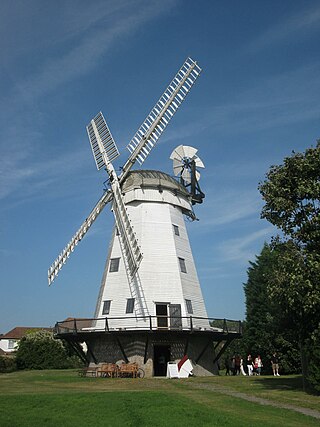
Upminster Windmill is a Grade II* listed smock mill located in Upminster in the London Borough of Havering, England. It was formerly known as Abraham's Mill and was in Essex when built. Between 2016 and 2023 the mill was restored to working order and a visitor centre was constructed. The mill and visitor centre are open to the public at selected times.

Billingford Windmill is a grade II* listed brick tower mill at Billingford near Diss, Norfolk, England which has been preserved and restored to working order. As of June 2009, the mill is under repair, with new sails being made.

Caston Tower Windmill is a grade II* listed tower mill at Caston, Norfolk, England which is under restoration. The mill is also a scheduled monument.

Cley Windmill is a Grade II* listed tower mill at Cley next the Sea, Norfolk, England which has been converted to hotel accommodation.

Blackdown Mill or Cherry Clack Mill is a grade II listed smock mill at Punnetts Town, East Sussex, England, which has been restored.
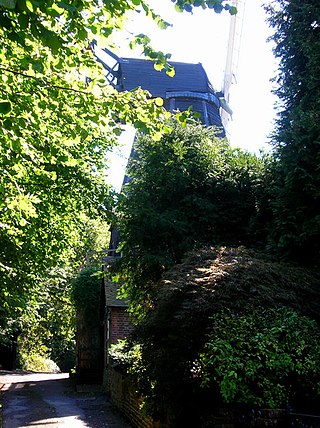
Meeten's Mill is a grade II listed smock mill at West Chiltington, Sussex, England, which has been converted to residential use.

Barnet Gate Mill or Arkley Windmill is a grade II* listed tower mill at Barnet Gate in the London Borough of Barnet, originally in Hertfordshire. There is no public access.
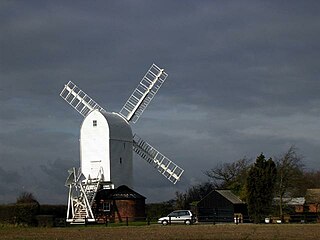
Aythorpe Roding Windmill is a Grade II* listed Post mill at Aythorpe Roding, Essex, England which has been restored to working order.

Baker Street Mill is a grade II listed smock mill at Baker Street, Orsett, Essex, England which has been part adapted to residential use on its lower two floors only.

South Ockendon Windmill was a Smock mill at South Ockendon, Essex, England which collapsed on 2 November 1977.
Debden Windmill is a grade II listed Tower mill at Debden, Essex, England which has been converted to residential use.

Gibraltar Mill is a grade II listed Tower mill at Great Bardfield, Essex, England which has been converted to residential use.
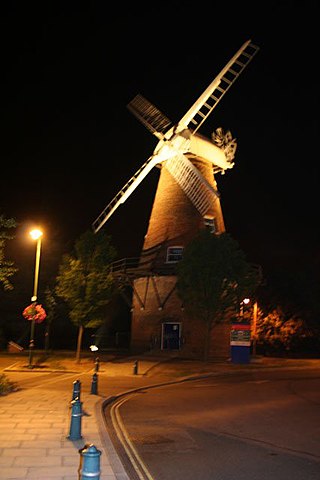
Rayleigh Windmill is a grade II listed Tower mill at Rayleigh, Essex, England which has been restored as a landmark and is used as a museum.

Stansted Mountfitchet Windmill is a grade II* listed Tower mill at Stansted Mountfitchet, Essex, England which is also a Scheduled Ancient Monument. It has been restored and can turn by wind.

Stock Windmill is a grade II* listed tower mill at Stock, Essex, which has been restored.

Messing Maypole Mill is a grade II listed Tower mill at Tiptree, Essex, England which has been converted to a residence. Prior to boundary changes made when the civil parish of Tiptree was established in 1934, the mill was in the parish of Tolleshunt Knights.
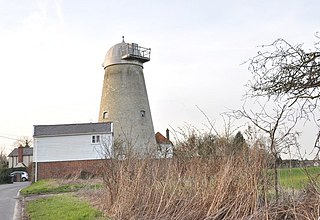
White Roding Windmill is a Grade II listed preserved tower mill at White Roding, Essex, England.
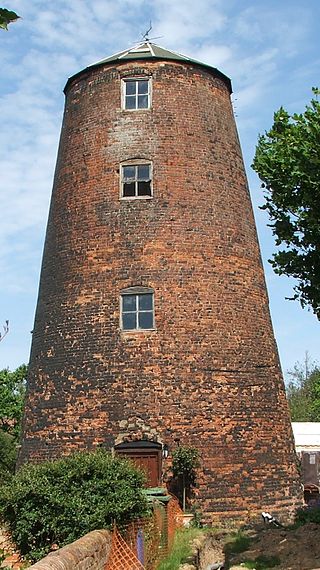
Blundeston Mill is a tower mill at Blundeston, Suffolk, England which has been converted to residential accommodation.
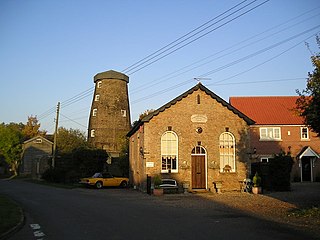
Buxhall Mill is a tower mill at Buxhall, Suffolk, England which has been converted to residential accommodation.
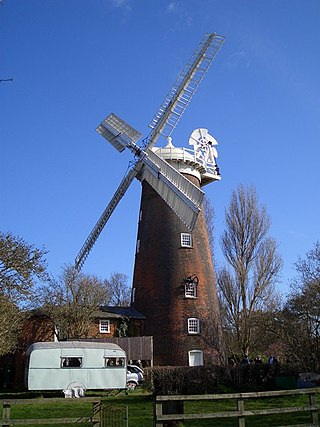
Buttrum's Mill or Trott's Mill is a Grade II* listed tower mill at Woodbridge, Suffolk, England, which has been restored to working order.






















